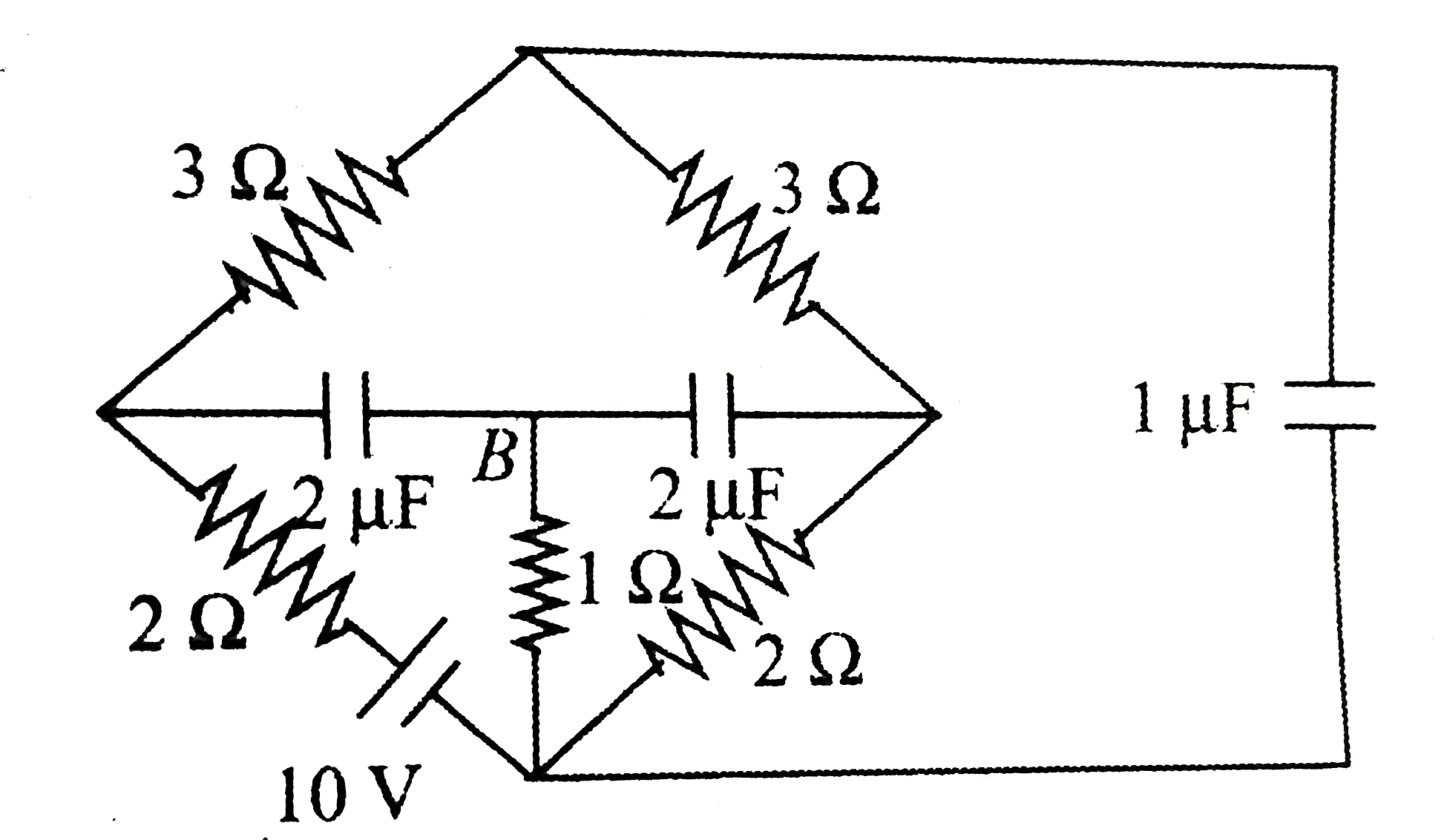In the Contact process
State why the above catalytic oxidation reaction supplies energy .
Step-by-Step Solution:
1. Understanding the Contact Process:
The Contact Process is an industrial method for producing sulfuric acid by oxidizing sulfur dioxide (SO₂) to sulfur trioxide (SO₃).
2. The Reaction Involved:
The main reaction in the Contact Process can be represented as:
2SO2(g)+O2(g)V2O5−−−→2SO3(g)
Here, sulfur dioxide reacts with oxygen in the presence of a catalyst, vanadium pentoxide (V₂O₅).
3. Conditions of the Reaction:
The reaction is typically carried out at high temperatures (around 450 to 500 degrees Celsius) and pressures (1 to 2 atmospheres).
4. Catalytic Role:
The vanadium pentoxide acts as a catalyst, which means it speeds up the reaction without being consumed in the process. This allows the reaction to proceed more efficiently.
5. Energy Release:
During the oxidation of sulfur dioxide to sulfur trioxide, a significant amount of heat is released. This is because the formation of bonds in the products (SO₃) releases more energy than is required to break the bonds in the reactants (SO₂ and O₂).
6. Conclusion:
Therefore, the catalytic oxidation reaction in the Contact Process supplies energy in the form of heat due to the exothermic nature of the reaction, where the energy released during the formation of SO₃ is greater than the energy absorbed to break the bonds in the reactants.
---
The Contact Process is an industrial method for producing sulfuric acid by oxidizing sulfur dioxide (SO₂) to sulfur trioxide (SO₃).
The main reaction in the Contact Process can be represented as:
2SO2(g)+O2(g)V2O5−−−→2SO3(g)
Here, sulfur dioxide reacts with oxygen in the presence of a catalyst, vanadium pentoxide (V₂O₅).
The reaction is typically carried out at high temperatures (around 450 to 500 degrees Celsius) and pressures (1 to 2 atmospheres).
The vanadium pentoxide acts as a catalyst, which means it speeds up the reaction without being consumed in the process. This allows the reaction to proceed more efficiently.
During the oxidation of sulfur dioxide to sulfur trioxide, a significant amount of heat is released. This is because the formation of bonds in the products (SO₃) releases more energy than is required to break the bonds in the reactants (SO₂ and O₂).
Therefore, the catalytic oxidation reaction in the Contact Process supplies energy in the form of heat due to the exothermic nature of the reaction, where the energy released during the formation of SO₃ is greater than the energy absorbed to break the bonds in the reactants.
Topper's Solved these Questions
- STUDY OF COMPOUNDS - SULPHURIC ACID Book:ICSEChapter:STUDY OF COMPOUNDS - SULPHURIC ACID Exercise:UNIT TEST PAPER 7D - SULPHURIC ACID
Explore 31 Videos
- STUDY OF COMPOUNDS - SULPHURIC ACID Book:ICSEChapter:STUDY OF COMPOUNDS - SULPHURIC ACID Exercise:UNIT TEST PAPER 7D - SULPHURIC ACID
Explore 31 Videos
- STUDY OF COMPOUNDS - STUDY OF HYDROGEN CHLORIDE (HCL)Book:ICSEChapter:STUDY OF COMPOUNDS - STUDY OF HYDROGEN CHLORIDE (HCL)Exercise:QUESTIONS FOR PRACTICE
Explore 36 Videos
- STUDY OF COMPOUNDS OF CHLORINE - HYDROGEN CHLORIDE Book:ICSEChapter:STUDY OF COMPOUNDS OF CHLORINE - HYDROGEN CHLORIDE Exercise:QUESTIONS FROM PREVIOUS ICSE BOARD PAPERS
Explore 74 Videos
Similar Questions
In the ostwald's process, nitric acid is prepared by the catalytic oxidation of :
View SolutionIn the Contact process
State the conditions i.e catalyst promoter , temperature and pressure in the catalytic oxidation of sulphur dioxide to sulphur trioxide in the Contact tower . Give a balanced equation for the same .
View SolutionIn the Contact process
Give a reason why the catalyst mass is heated electrically - only initially .
View SolutionIn the Contact process
state why sulphur trioxide vapours are absorbed in concentrated sulphuric acid and not in water to obtain sulphuric acid .
View SolutionIn the Contact process
Give a reason why - vanadium pentoxide is preferred to platinum during the catalytic oxidation of sulphur dioxide.
View SolutionIn the Contact process
State how would eonvert a ] sulphur b [ iron pyrites to sulphur dioxide in the first step of the Contact process
View SolutionState why a direct combination reaction is called a-synthesis reaction.
View SolutionWhy is the conversion of ethanol to ethanoic acid an oxidation reaction?
View SolutionGive reason for each of the following:
In the contact process of manufacture of sulphuric acid, the oxide of arsenic is removed.
View SolutionThe circuit shown in fig. Is in steady state.

i. Find the energy stored in the capacitors shown in fig.
ii. Find the rate at which battery supplies energy.
View Solution
